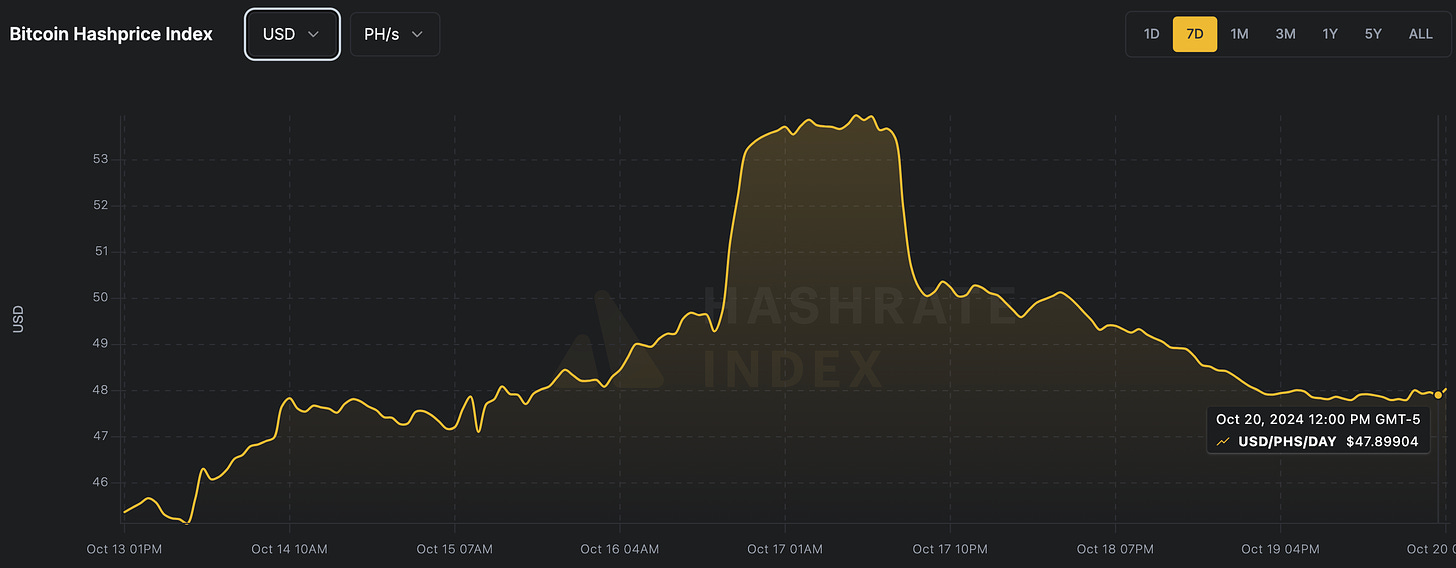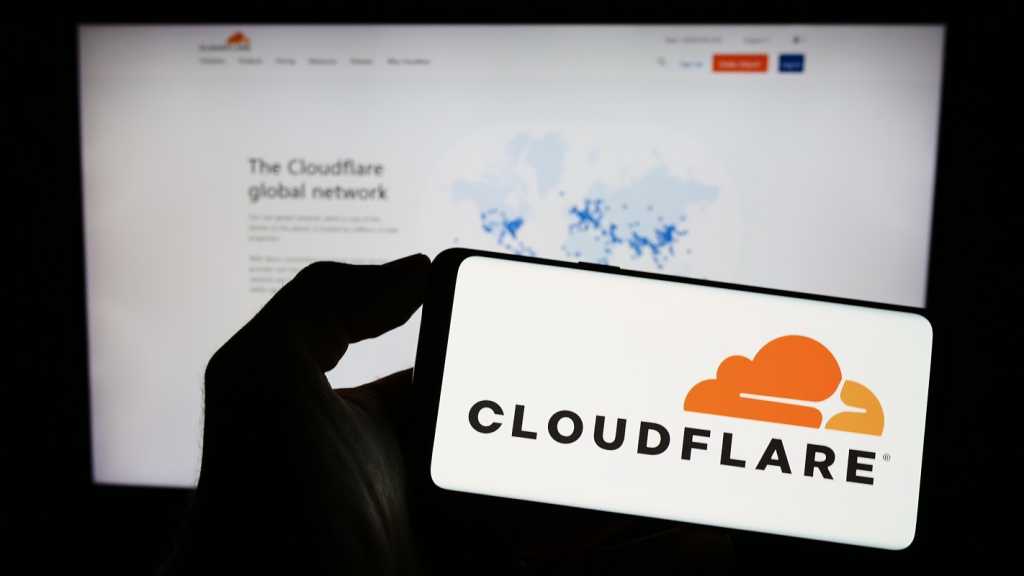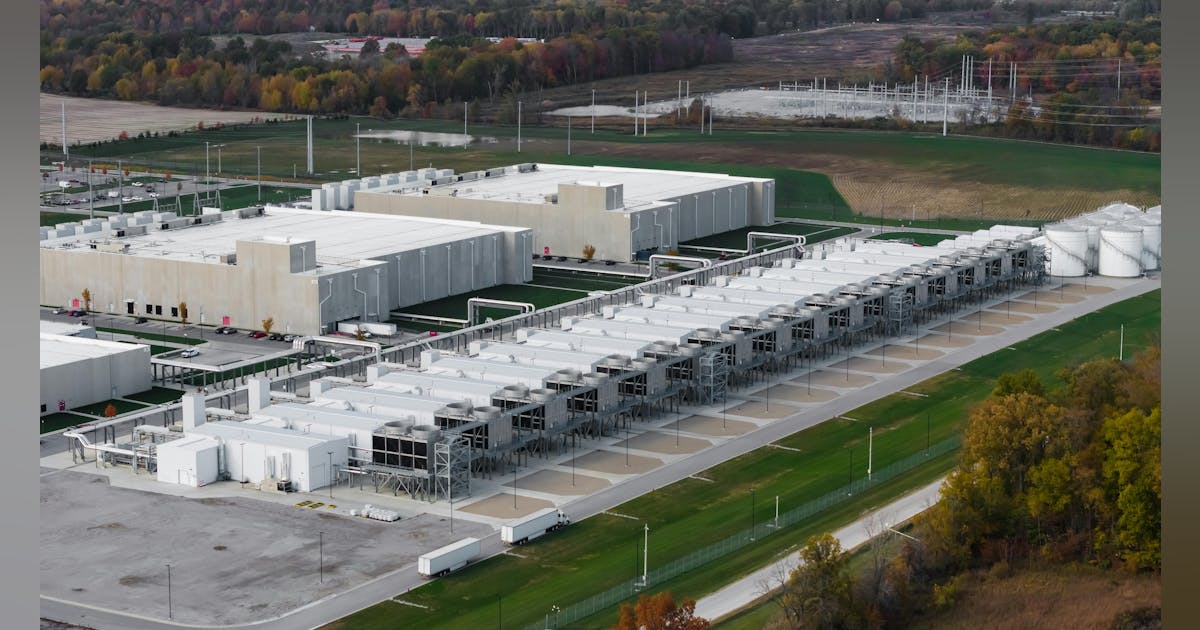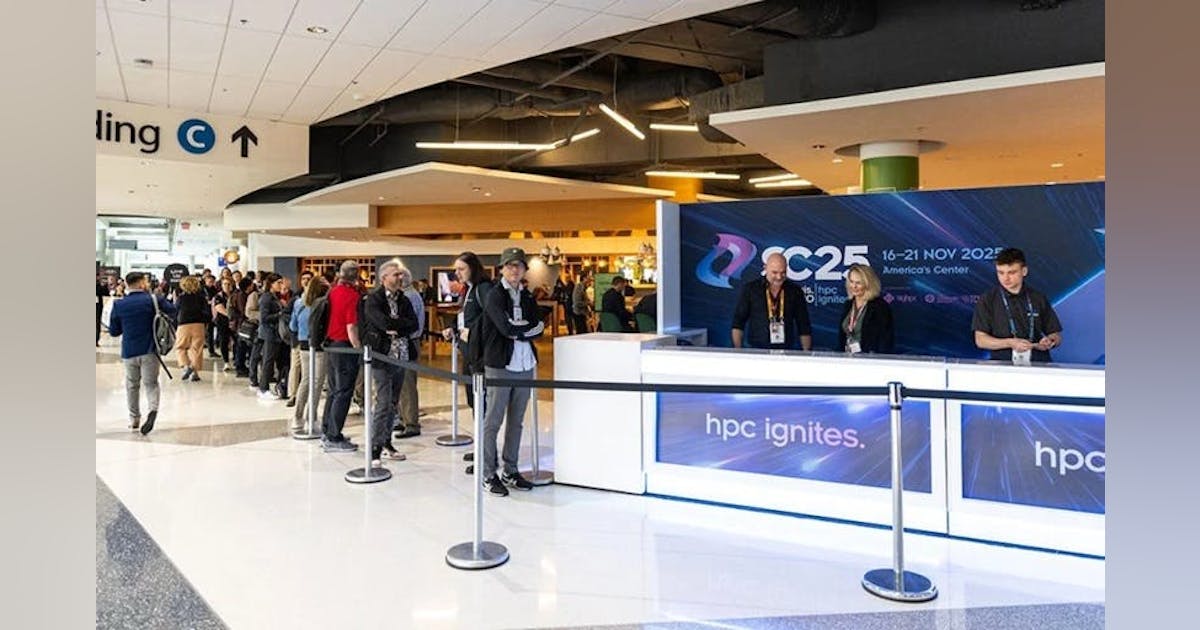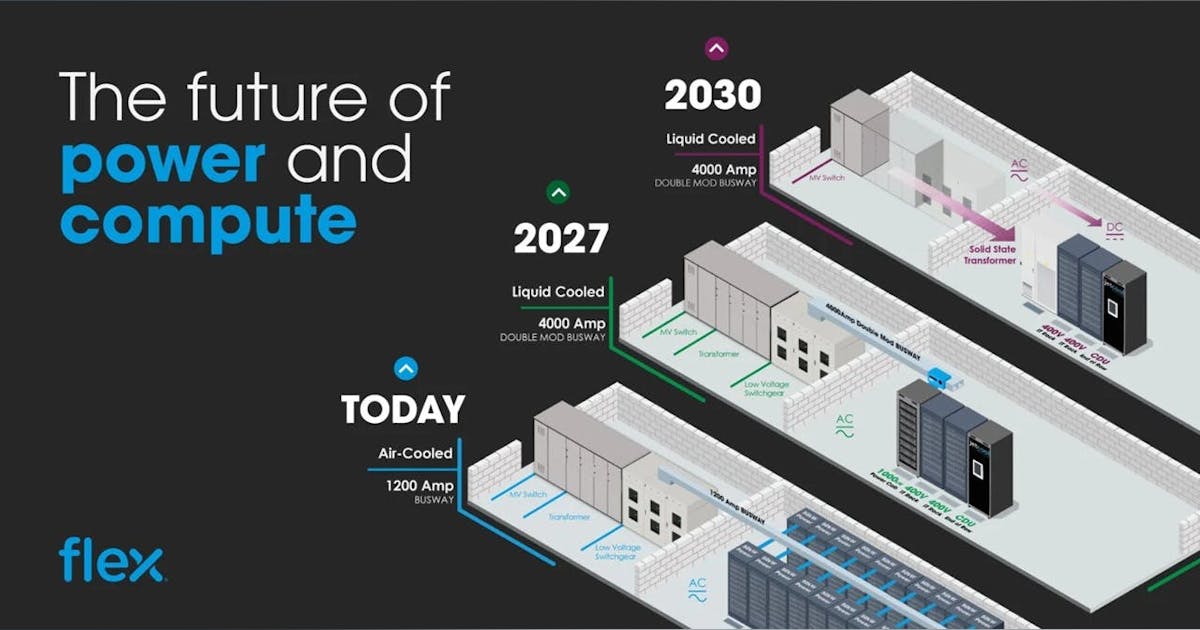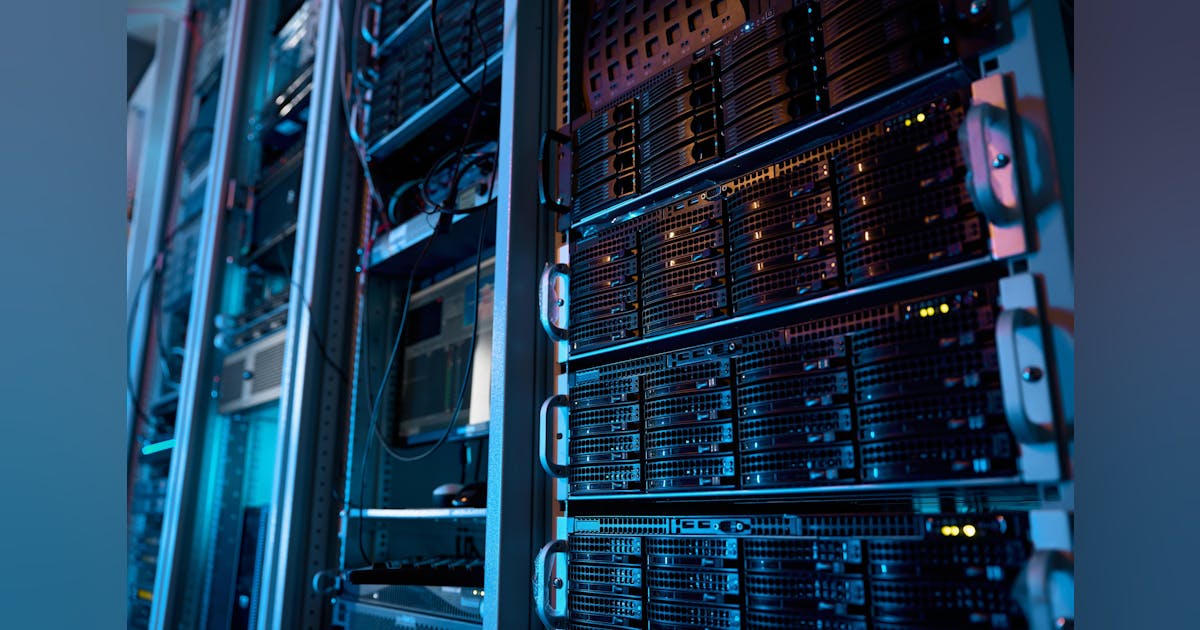W42 ’24 | 10.14-10.20.24 | Issue CII | Block Height 866575
Welcome to the latest issue of the Vibe Check, your weekly source at the intersection of Bitcoin, Energy, and Bitcoin Mining.
Grab a ☕ and start the week with all the metrics and stories that shake and bake the Bitcoin Mining industry.
Subscribe and share with your friends, colleagues, and family!
W42 ‘24 Vibe Check
-
The Overview Vibe
-
Weekly Industry Metrics
-
Headlines & News
-
The Media Vibe
-
Energy Corner
-
The Meme Vibe
The Overview Vibe
Bitcoin said WE UP as it rose steadily, tagging ~$69K. Hashprice tracked BTC price during the inter-epoch week, popping over $50/PH/Day mid-week thanks to a spike in transaction fees. Hashrate did a u-turn back towards ~680 EH/s as a lagged response to ASICs energizing with the upward lift from hashprice. Might we see economically marginal ASICs contribute to EOY network hashrate growth if BTC goes on a run?
The pureplay and mullet miners continue to diverge in strategy and operations this week. Cipher Mining tripled down on their ERCOT greenfield pipeline with their 3-site – 1.5 GW option agreement with Juvo Energy. While not immediately available, it compounds fundamental land+power value that can be monetized with BTC or HPC.
In an effort to integrate vertically their HPC business, Bit Digital acquired a Canadian tier 3 data center company for $46M. With an HPC pipeline of over 200 MW and no plans for BTC infrastructure ownership, Bit Digital sharpens up the back of its mullet towards AI. Silicon Valley’s bet in the space Crusoe Energy entered in a YUGE $3.4B JV agreement with Blue Owl Capital and Prime Digital Infrastructure to fund 200+ MW of HPC infrastructure at the Lancium Energy Campus in Abilene, Texas. It is rumored that the JV’s 100,000+ GPUs will be leveraged by OpenAI as the end customer.
On the other side of the market, MARA is bringing back Bitcoin-backed loans with their announced $200M credit line collateralized by ~4000 BTC. While there are not many details about the arrangement, it does add to MARA’s push to build a $$$ war chest of BTC and USD on their balance sheet. OG Bitcoin tech and mining services company Blockstream raised $210M to go hard in the paint on L2s and buy Bitcoin. It seems like raising capital to pick up sats is a growing preference across both private and public capital markets.
I’ll be drowning in my Longhorn tears after the loss to Georiga yesterday…SAD! lol! I hope everyone had a great weekend. Remember to call your mom, stay hydrated, and SHARE THIS ISSUE WITH ALL YOUR FRIENDS AND COLLEGUES!
Bitcoin/Mining Metrics
-
BTC price2: ~$68,490.00 @ EOW. +9.19% WOW.
-
Hash price1: $47.9 PH/Day @ EOW. +5.14% WOW.
-
Network Hashrate (SMA 7 Day)1: ~689 EH/s @ EOW. +1.17% WOW.
-
Difficulty1: 92.05 T @ EOW. 0.00% WOW.
-
ASIC Retail Price (s19/m30 family)1: $4.24/TH/s @ EOW. +42.76% WOW.
Sources: Hashrate Index1, Bitbo2
Headlines & News
Featured
-
Crusoe, Blue Owl Capital and Primary Digital Infrastructure Enter $3.4 billion Joint Venture for AI Data Center Development – Press Release.
-
Bit Digital, Inc. Vertically Integrates, Acquiring Tier 3 HPC Datacenter Company; 280+ MW Pipeline in Major Metropolitan Areas – Press Release.
-
Bitcoin miner MARA warns AI mirrors 2000s internet boom, firms risk overbuilding infrastructure: Bernstein – The Block.
-
Energy-hungry cryptocurrency mining is growing in Iowa. Will it help or hurt the state? – Des Moines Registerr.
General PubCo Updates
-
September Production & Operational Updates
-
Cipher Mining Announces the Signing of Option Agreements to Acquire 1.5 GW of Data Center Sites in West and North Texas – Press Release.
Capital Markets & M&A
-
Cathedra Bitcoin Announces Cancellation of Previously Announced Non-Brokered Offering – Press Release.
-
Blockstream Secures $210M Led by Fulgur Ventures to Drive Layer-2 Growth and Expand Bitcoin Treasury – Press Release.
-
MARA Secures $200M Credit Line with Bitcoin Collateral – TheMinerMag.
Regulatory/Legal Updates
-
OG Miner Sues Local Council to Retrieve 8,000 Bitcoin Buried in Landfill – TheMinerMag.
Research/Reports/Newsletters
-
Bitcoin Strength, Chinese Struggles, and Uptober Delivering: TBL Weekly #115
-
The Miner Weekly – Bitcoin-backed loans are back!
-
Hashrate Index – Weekly Hashrate Market Update (October 15, 2024)
-
Q3 Lookback: Bitcoin Transaction Fees & Hashrate Index’s Weekly Forecasts
The Media Vibe
The Energy Corner
The Meme Vibe
Subscribe and keep your eye out for the development of the Vibe Check throughout 2024!

